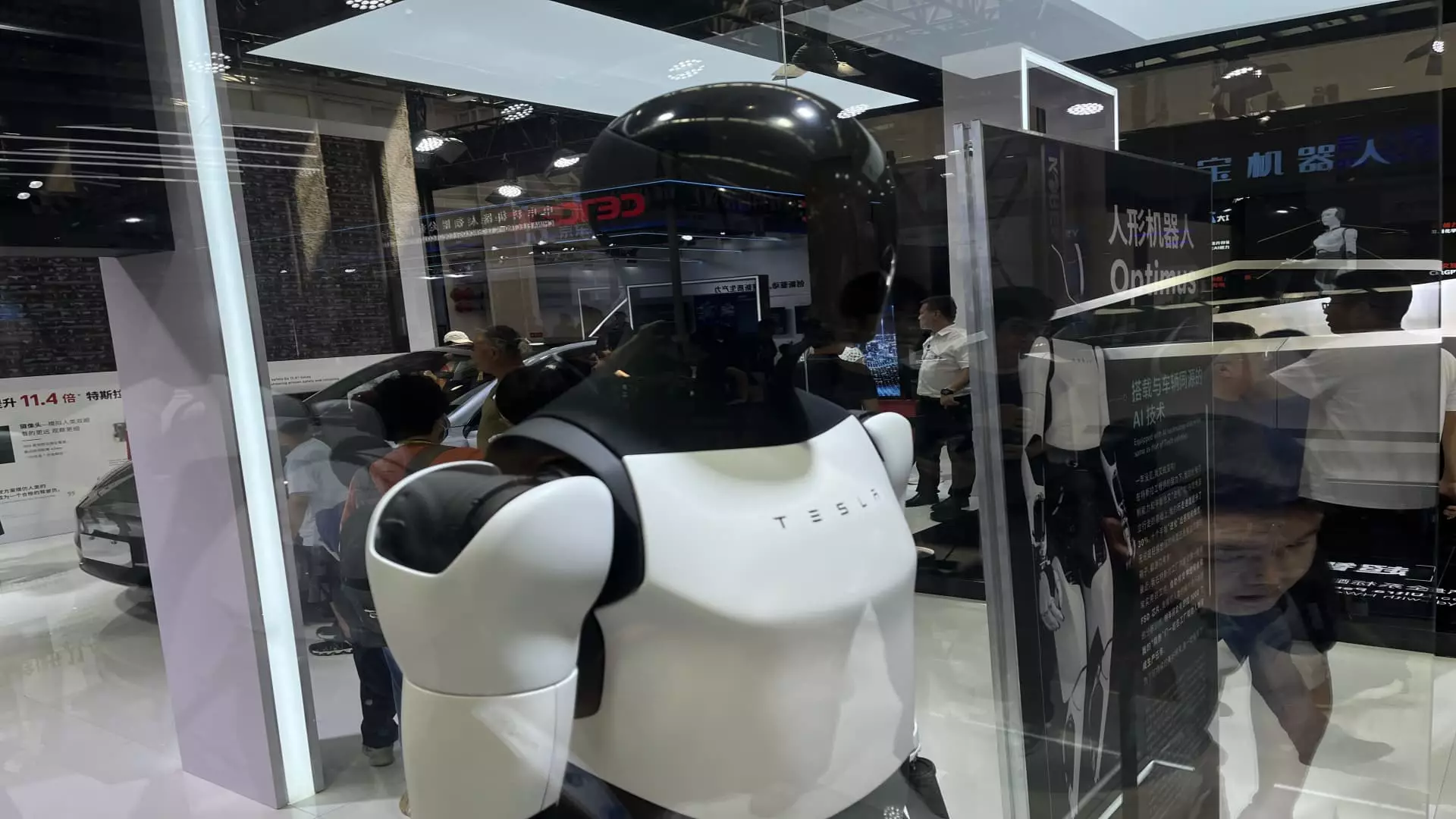Last week at the World Robot Conference in Beijing, Chinese companies made a strong showing with 27 humanoids making their debut at the event. This surge in humanlike robot development is reminiscent of China’s rush into electric cars just a few years ago. With total investment exceeding 100 billion yuan in the last decade, it is clear that money and resources are now flowing into the robotics industry in China.
Wei Cao, a partner at Lanchi Ventures, predicts that the next milestone for humanoid development will be the emergence of commercially viable use cases in manufacturing. This would involve robots being able to prioritize tasks and move around autonomously, going beyond simple repetitive tasks like grabbing objects. Companies like Agibot are already making strides in this direction, with plans to deliver their humanoids for various roles starting in mid-October.
One standout at the conference was Stardust Intelligence’s Astribot S1, which was showcased folding a shirt and pouring wine in a promotional video. Founded by a former member of Tencent and Baidu’s robotics projects, Stardust utilizes artificial intelligence for imitation learning, allowing their robots to replicate actions after observing them. This approach demonstrates the potential for humanlike robots to perform complex tasks with the aid of AI.
Challenges and Opportunities in Humanoid Development
While the demonstrations at the World Robot Conference highlighted the progress being made in the field of humanlike robotics, there are still challenges to overcome. Some of the actions performed by the robots appeared stiff and slow, raising questions about their autonomy. It is crucial to ensure that humanoids can operate efficiently and independently in various environments.
Jeff Burnstein, president of the U.S. Association for Advancing Automation, pointed out that U.S. companies like Tesla are currently ahead in robot tech, but China has achieved self-sufficiency in over 95% of the humanoid supply chain. This indicates a competitive landscape where different countries are racing to develop the most advanced humanlike robots.
As we look ahead to the future, the potential of humanlike robots is vast. Shigeki Sugano, president of the Robotics Society of Japan, envisions a future where robots can perform household tasks, nursing care, and medical treatment with the ability to express emotions. However, challenges such as limited battery life need to be addressed for fully autonomous humanoids to become a reality.
The rise of humanlike robots in China and the display of Tesla’s Optimus at the World Robot Conference signal a new era of innovation in robotics. With advancements in artificial intelligence and investment in the industry, we are on the cusp of a revolution in humanoid technology that has the potential to transform various sectors of society. As companies continue to push the boundaries of what is possible with humanlike robots, we can expect to see exciting developments in the coming years.

